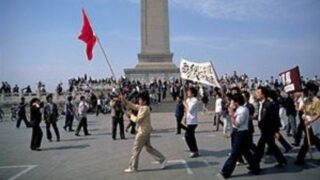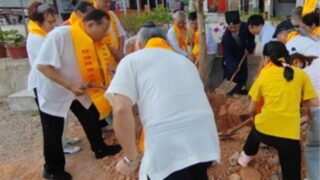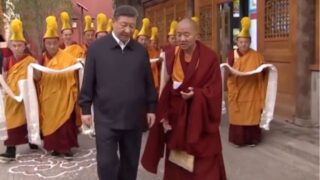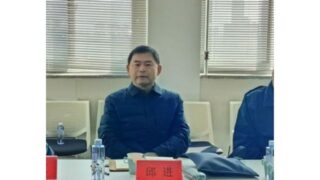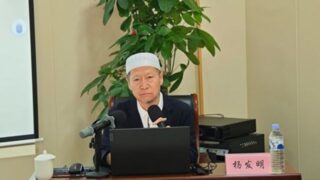In the “world capital of self-immolation,” the CCP wrongly believes that more repression and “patriotic education” may solve the problem.
by Lopsang Gurung


Ngaba (Ch. Ngawa) Tibetan and Qiang Autonomous Prefecture (阿壩藏族羌族自治州, population one million) in Sichuan is part of historical Tibet, although it is outside present-day Tibet Autonomous Region (TAR). The majority of its population is Tibetan.
In a way, the situation in Ngaba Prefecture is worse than in the TAR. It has been under Chinese occupation for a longer period, and Communism was brought by the Red Army together with famine already in the 1930s. In 1958, Chairman Mao launched a brutal Sinicization program, a forerunner of the Cultural Revolution, in which monasteries were destroyed, lamas were killed, imprisoned, or forced to take secular jobs, and traditional family agriculture was replaced by collective farms. Mao also imported Han colonists to the Prefecture, where they went from 5% to the 20% of the population.
Once part of an independent kingdom, Ngaba was traditionally inhabited by fierce warriors. Although they had no chance of defeating the Red Army, they tried armed uprisings or riots in 1938, 1958, and again on the 50th anniversary of the 1958 disaster, in 2008. When even the 2008 riots failed to achieve results, some grandchildren of those who had experienced the 1958 tragedy found a new way of protesting, self-immolation by fire. They claimed they had learned from the Dalai Lama the lesson of non-violence, although the ethical implications of what they did were unclear from the beginning.
Ngaba Prefecture, based on these historical precedents, became the world capital of self-immolations, which continue to this very day. Their story was told to the world in 2020 by award-winning American journalist Barbara Demick.
The number of those who self-immolated, now approaching 170, is comparatively small but the negative international publicity for the CCP is of monumental scope. For this reason, in 2015 the CCP launched in Ngaba Prefecture a program of “Harmonious and Stable Patriotic Education.” The corresponding manual has been continuously updated and reprinted, lastly a few weeks ago.


The CCP believes that the way of preventing self-immolations is more repression, limitations to the use of Tibetan language in Ngaba Prefecture, and silencing the Internet and social media (after each immolation, the Internet is completely switched off for a few weeks in the area). As it happens elsewhere in China, “patriotic education” has also been made compulsory. Those suspected of being opponents or dissidents are taken to re-education camps, but even herdsmen should attend “legal education” or “patriotic education,” which is also mandatory for all Buddhist monks and nuns. Those who try to escape “harmonious and stable patriotic education” are detained.
It seems that results are not achieved, though. In fact, the CCP’s strategy fails to address the root causes of self-immolation, i.e., the repression and denial of Tibetan identity, language, religion, and culture. It is typical of totalitarian regimes to answer the protests against repression with more repression. This only generates more protests.


